When the cubs got big
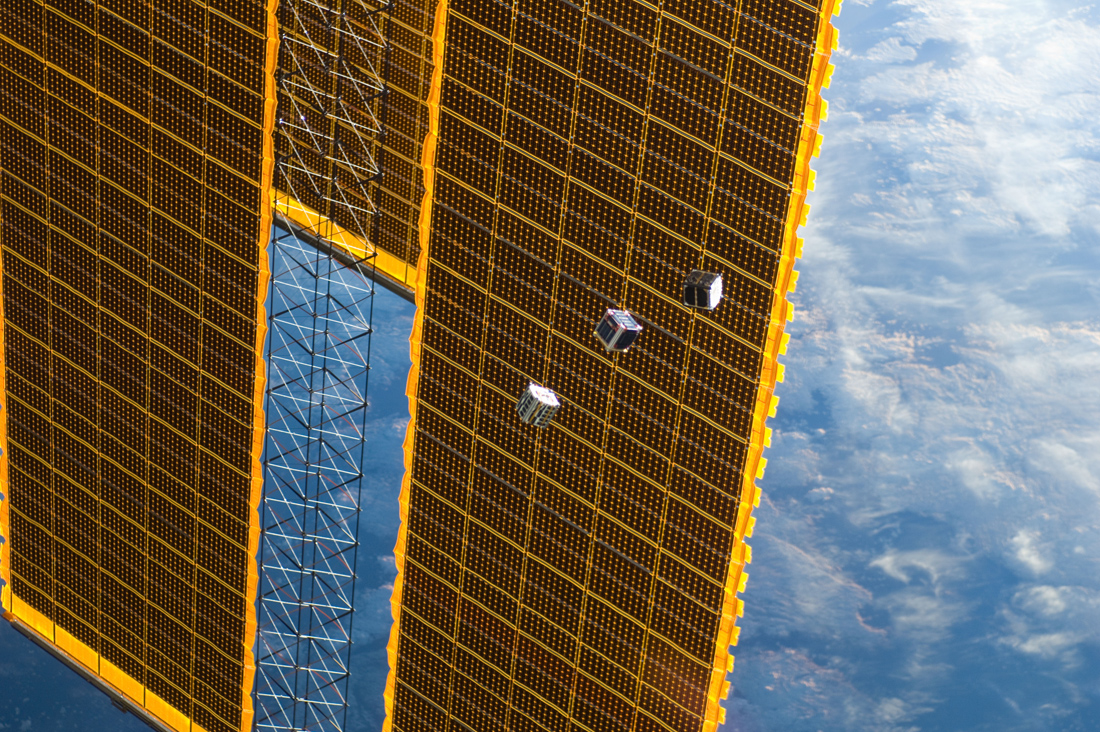
CubeSat is a size standard for micro and nanosatellites, proposed in 1999 in the USA. Over the past 15 years, the idea of a single standard has greatly changed the face of unmanned cosmonautics, has opened up the possibility of relatively inexpensively creating space vehicles for private companies, amateurs, students, even schoolchildren. Thanks to CubeSat, many countries whose budgets did not pull the traditional astronautics could boast of the first own spacecraft.
A special feature of CubeSat is the fixed dimensions that change multiple times, i.e. CubeSat 1U (unit) is a space cube 10x10x10 cm, 2U is already two cubes ie 10x10x20 cm, 3U - 10x10x30 cm. So far, the reached limit is 6U or 10x20x30 cm. Many structural elements, batteries, boards, sensors, communication systems have been developed under the CubeSat standards ... They constantly invent something new, a sublimation motor, an electromagnetic sail, then plasma engine. Now they are preparing to launch cubsats equipped with real solar sails.
')
CubeSat satellites are being created from industrial-grade electronics, i.e. that which is intended for operation on Earth, and did not prepare for space. Despite this, the capabilities of modern chips allow them to work in seemingly unsuitable conditions. They may not be long-lived, but they ensure the operability of devices for up to a year, or even more, several times. Now there are entire online electronics stores for CubeSat, although the level of modern computers that can be purchased in parts and assembled at home in one evening is still far away. All the same, one has to thoroughly test system compatibility, write software, solder, debug, in general, work for several engineers is not enough for one month. Our colleagues from the company Sputnix wrote about all the difficulties well.
Despite the difficulties, working with CubeSat is much simpler than in traditional astronautics, and they provided a real breakthrough in space for hundreds of students, dozens of enthusiasts, scientists and businessmen.
Standard dimensions CubeSat greatly simplify the procedure for launching into space. The point here is not only in their small size and mass. It is usually considered that the mass in kilograms of a satellite determines its cost of elimination. But when it comes to such minor indicators as 1-3-9 kg, so-called adaptation. After all, it is not enough to fasten a satellite to the rocket, then it is necessary that it fires off at the right time, at the right height and with the necessary acceleration. For ordinary satellites, even small ones, you have to do a separate job and design an adapter that will allow you to combine a specific satellite with a specific rocket or upper stage. In the case of CubeSat, the issue is solved by adapting a special container.
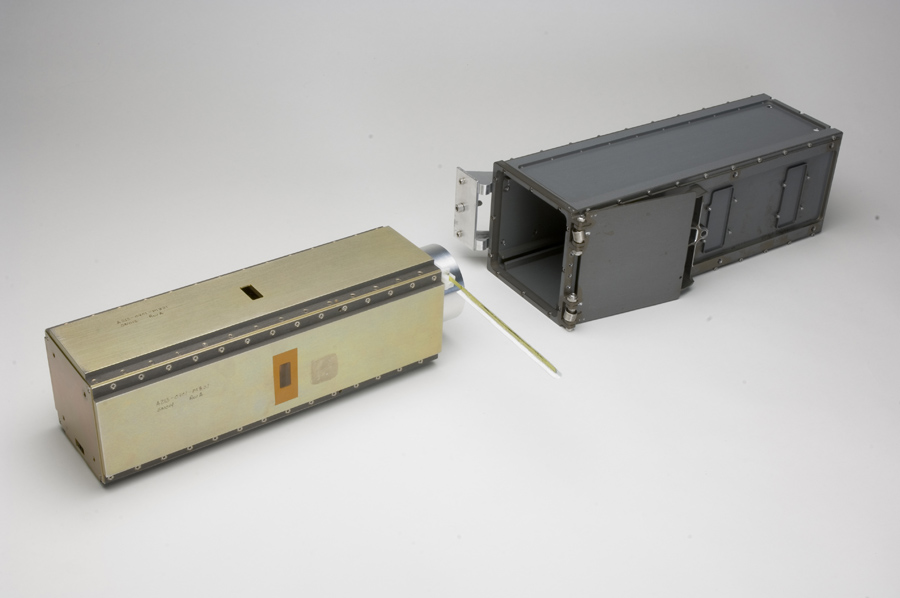
It is enough once to adapt the container with a specific rocket or upper stage, and then use this scheme during each launch.
For example, in Russia now the private company "Dauria Aerospace" together with the NPO. Lavochkina is working on the adaptation of CubeSat containers to the inter-orbital tug "Frigate".
As a result, it will be easier to remove the Cubsat at the same time when launching the Roscosmos missiles. Earlier, the “cubes” were launched in dozens of Russian-Ukrainian conversion rocket “Dnepr”, but now Roscosmos is going to refuse from it in order to load it with the work of Russian manufacturers.
It is still possible to launch cubs from the International Space Station. To this end, a special robotized system of the private space company NanoRacks is equipped in the US segment. The system allows you to launch packs of cubsat, while it does not require the release of astronauts in open space.
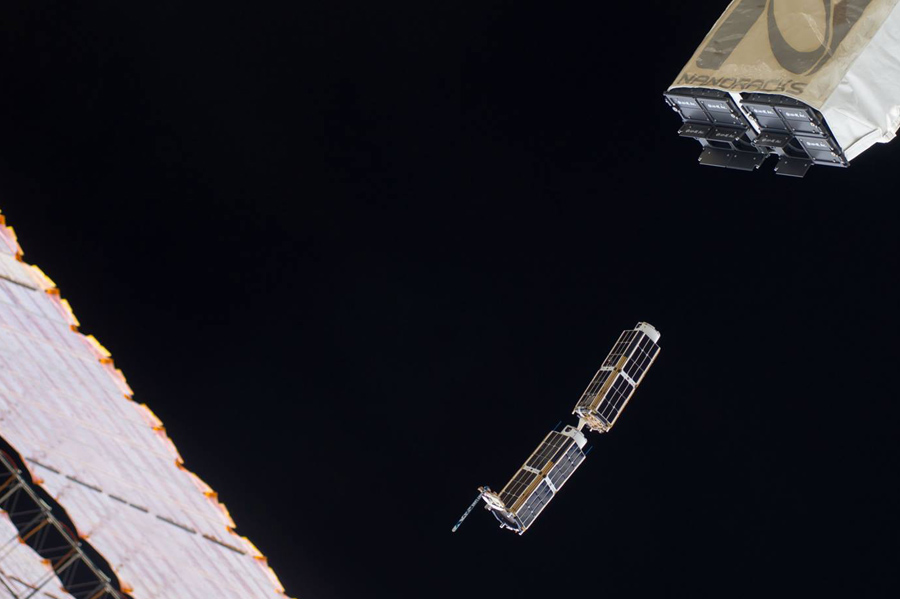
From the Russian segment, CubeSat is launched individually and in a classic way.

Starting with the ISS solves many problems: it is simpler and cheaper than missiles, it does not require adaptation and even a container. Most CubeSat run exactly from the station. But there are problems here. Satellites are delivered on board cargo ships, may lie several weeks or even months before launch, as a result of which the on-board battery may be discharged and the satellite will fly dead. Cosmonauts do not succeed in resurrecting everyone, even though they try.

Another problem starting from the station is a small satellite lifetime. At the height of the ISS, the braking effect of the earth’s atmosphere is still relatively strong, so even small cubes stay for less than two years, and if the satellite still has folding solar panels, they don’t fly even a year. It pleases everyone who is worried about the purity of space, but it upsets the creators of devices who would like to work with the satellite longer, test the equipment and find out its limits.
A higher and longer-term launch requires a container, and the search for a suitable rocket. The container costs money, and a lot, although it seems that this is just an aluminum box with a lid. Together with the container, the launch cost for CubeSat can vary from $ 40 thousand to $ 100 thousand and this is only for 1U. But this is an inevitable fee, if there is a goal to launch a satellite, which should work for a long time and with benefit.
Now about the benefits. The first decade of the Kubsat passed under university banners. Students of one or the other of the university (for the most part, American or British) collected their cubes, followed by Japanese radio amateurs. And in the professional environment about CubeSat there was a stereotype of some kind of frivolous fun that is incompatible with any applied tasks. Indeed, here adult uncles have been collecting devices for a ton and more over the years, and there some students rivet kilogram tweeters for several months.
At the same time, the first generations of Cubsat allowed to work out a lot of technological solutions, try dozens of different schemes and layouts, test the payload devices. And by the second decade of the 21st century, it turned out that even such babies are fit for serious work. In fact, the revolution is now taking place before our eyes.
One of the first was the company Planet Labs, who decided to build the entire business on cubes. In 2013, they launched a pair of Dove satellites (Dove), which showed their capabilities. Their size is 3U, i.e. 10x10x30 cm. In these microscopic dimensions, by the standards of astronautics, the developers were able to place not only a 90 mm telescope and a photomatrix, but also a three-axis orientation system consisting of three flywheel engines and magnetic coils. The result was a full-fledged device for remote sensing of the Earth, about the size of a conventional photo mirror.

Now their devices make high-quality pictures that you can admire in their gallery .

For comparison, a snapshot of the "real" device weighing 450 kg
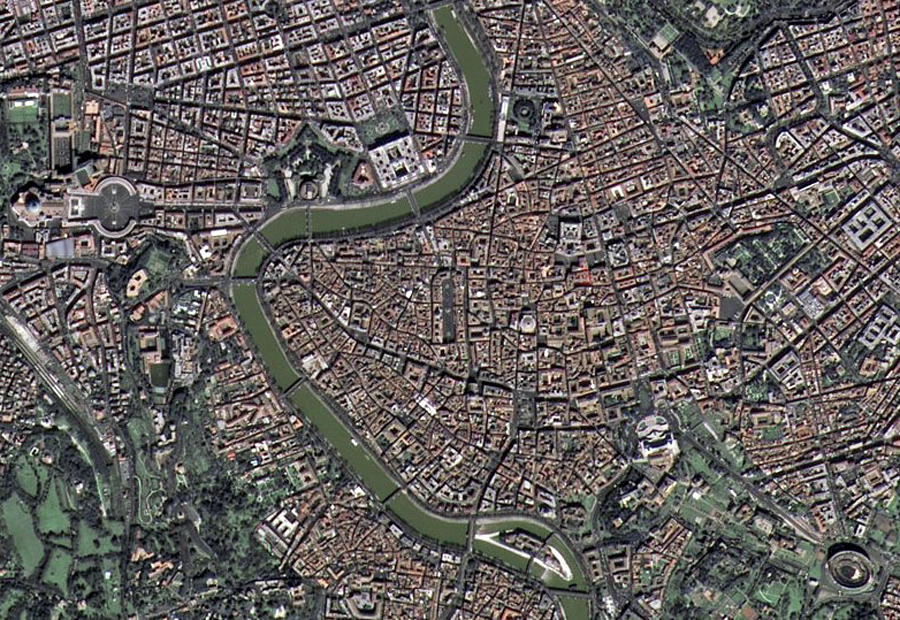
Of course, the reliability and performance of "Pigeons" is much lower than traditional satellites, but their price and the ability to launch dozens of pieces, opens up great prospects. At the same time, the reliability of each new generation increases, since engineers receive a huge amount of data on systems, and can quickly replace unreliable elements. Those. flight tests and testing is carried out much faster than it was with large vehicles.
Now Planet Labs has attracted almost $ 140 million of investment, and now their main task is to rebuild the ground infrastructure and find effective ways to monetize satellite data. Their goal is a daily updated analogue of Google Maps.
About Planet Labs, I have repeatedly told, but I prefer another example of a company that grew out of the Arduino group of fans. First, they kicked the idea to create an ArduSat nanosatellite on KickStarter. The community liked the idea so much that by requesting one satellite, they scored two. They attracted the attention of their idea to provide satellite management to everyone, for a fee. Even before the launch, after a successful fundraising campaign, they found the first investors. Even the Russian general director and founder of Mail.Ru, Dmitry Grishin, actually invested in them, although he singled out "only" $ 300,000. They didn’t particularly spread about the results of the launch and testing of satellites, but quickly renamed Spire to NanoSatisfy $ 20 million in investments to deploy an entire satellite network in a few dozen vehicles. Judging by their site, they are going to build an extensive low-orbit network for receiving AIS data.
The result will be a fast-updated map of ship movements in the seas and oceans. There are such services now, but mostly they operate on the basis of coast stations, and there are less than two dozen AIS satellites in orbit. Spire want to run 100.

Speaking of AIS, there are a couple of our Cubsat in orbit - Perseus-M - this is a joint development of the American and Russian divisions of Dauria Aerospace. Ours there participated in the study of the overall design, layout and writing software. The size of the satellite is 6U, the payload is also an AIS sensor, they have been flying since June 2014. The payload testing has just been completed recently, and the satellites have built their own global shipping map. Now we are preparing for the deployment of a network of ground stations in order to begin to deliver operational data of commercial quality.
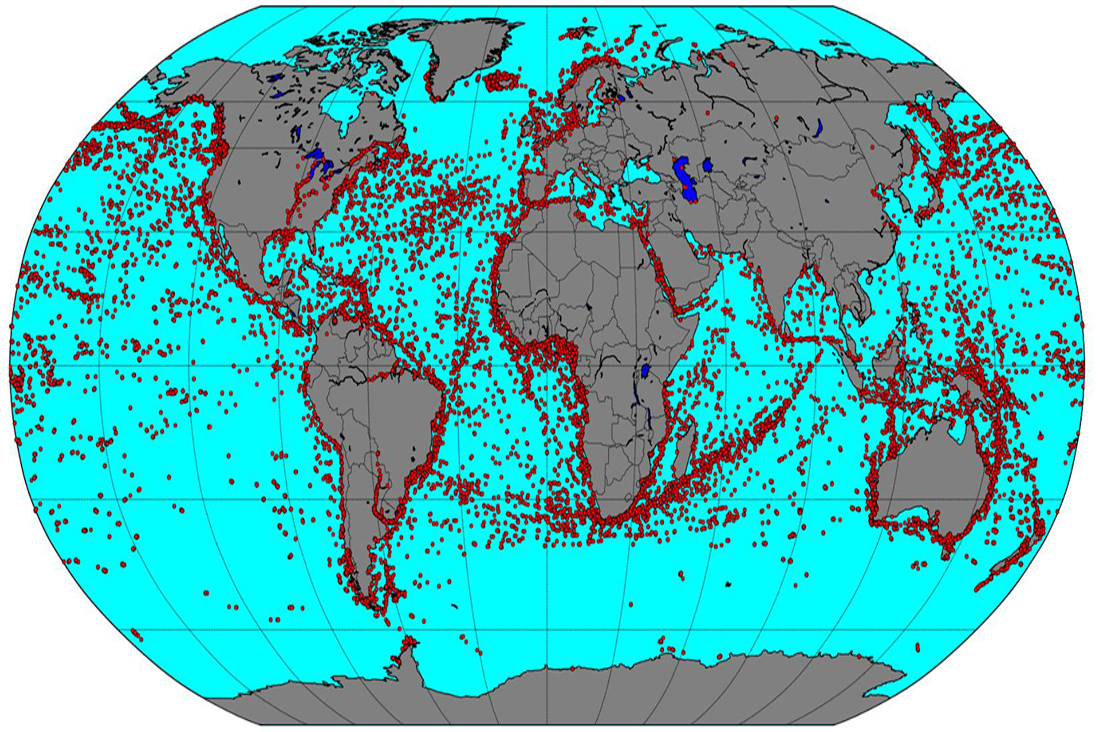
However, the goal of "Dauria" is not AIS business. Just such sensors were selected to test the satellite platform. And its capabilities are much more, including it is possible to put the camera there. Actually, based on the experience gained in the development of Perseus-M, the Russian division of Dauria is creating two satellites in the CubeSat standard on the order of Roscosmos. These are much more complex devices, with a three-axis orientation, a multispectral camera, and a high-performance Ka-band transmitter.
In the future, the company is ready to adapt the platform for various types of scientific and applied loads. We are also developing our own container, so that soon Roscosmos will be able to offer a full range of services if anyone needs to launch CubeSat. For example, the Lavochkin "Frigate" and on Mars and Venus can, just need to wait for a passing flight.
The Russian startup “Lin Industrial” undertook to create a special microracket just for launching the cube. It is unlikely that it will be cheaper than $ 100 thousand, but it may be interesting for those orbits, which in passing do not fly or wait for a long while.
More recently , the news came that one of the developers of the Bitcoin cryptocurrency protocol, Jeff Garzik, became interested in the Kubsatami. Together with the company Deep Space Industries, he is developing a network of 24 cubes, which, according to his idea, will become the basis for the interplanetary Internet.
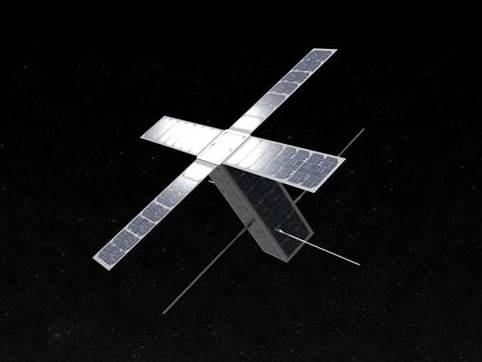
Last year, when Bitcoins jumped sharply in price, there were concerns about possible robberies. Cryptocurrency keys are stored on traditional storage media that have a physical vulnerability, then I thought it would make sense to keep money in a
In general, considering how the dimensions of storage media have drastically reduced, space has all the prospects to become the home base of servers and data centers of almost any size: infinite and free energy as a gift. Here Kubsat will be the first to work out the technology of interaction between the ground and space segments.
In general, today there is more and more work for CubeSat, their capabilities and reliability of components are growing, infrastructure is developing, including in Russia. The commercial application of the CubeSat standard is the result of a creative search, non-standard ideas and the determination of the initiators of such projects. It is pleasant to realize that our “Dauria” does not lag behind the leaders of “applied cube construction”, despite the fact that this is not the only direction of the company’s work, but this is another story.
PS You can follow the development of CubeSat technology in the CubeSat Vkontakte group.
Source: https://habr.com/ru/post/366807/
All Articles